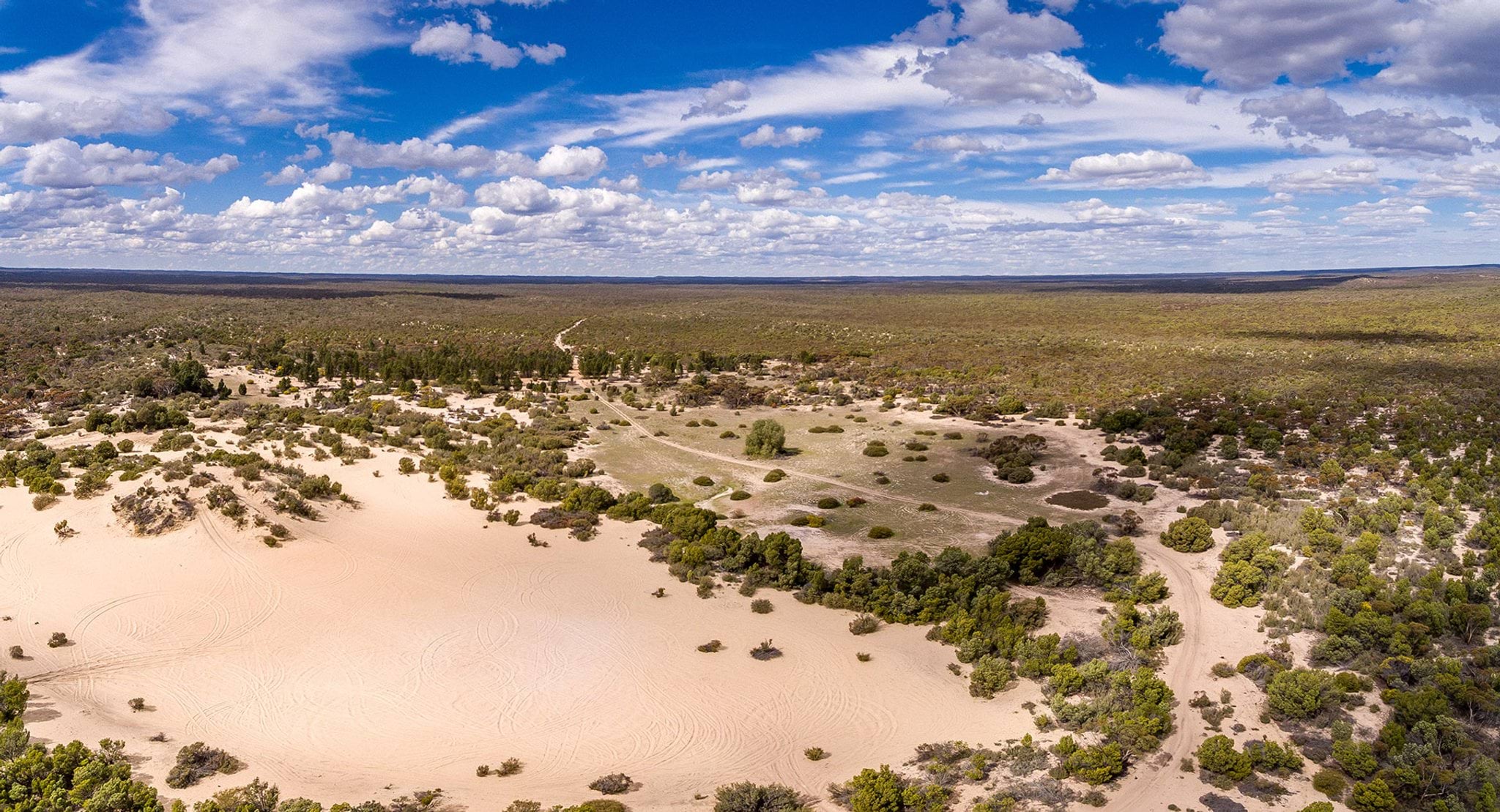- Published by:
- Conservation Regulator
- Date:
- 26 July 2024
Chief Conservation Regulator foreword
The Conservation Regulator’s state-wide regulatory priorities for 2024 – 2025 are:
- Illegal campfires
- Illegal take of firewood
- Cruelty to wildlife
- Protection of threatened species
- Illegal vehicle use
These activities present ongoing risks to Victoria’s native flora and fauna, especially as we continue to see declines in biodiversity.
Commercial native timber harvesting ceased in Victoria on 1 January 2024. This change means a significant reduction in the risk of illegal commercial timber harvesting, and therefore removal as a regulatory priority.
However, the future of Victoria’s forest management is still a critical context for our role and we will continue to play our part in regulating the removal of forest produce from Victoria’s state forests. In addition, the illegal take of firewood continues to be a focal point of our work in the year ahead and it remains a regulatory priority.
Wildlife protection continues to be a cornerstone for the work of the Conservation Regulator. Our priority of tackling cruelty to wildlife recognises the unacceptable and preventable harm it causes to Victoria’s wildlife.
Threatened species continue to face major threats such as habitat loss and degradation. We recognise the vital importance of ensuring threatened species are protected from extinction. Both cruelty to wildlife and the protection of threatened species remain regulatory priorities for 2024 – 2025.
We are pleased to again see thousands of Victorians take advantage of Victoria’s great outdoors. By using public land for recreation, the community benefits from a thriving environment.
We’re working to ensure Victoria’s native species benefit too. We’ll continue to collaborate with our regulatory partners, volunteer organisations and colleagues across the Department of Energy, Environment and Climate Action. This work ensures your visitation is sustainable and supports our shared environment.
Thank you for taking an interest in our work. We appreciate your attention and trust in us to deliver on our responsibilities.
How we set our regulatory priorities
The Conservation Regulator is committed to tackling our regulatory responsibilities.
We identify priorities by analysing environmental and behavioural trends and hearing from key stakeholders on what matters to them. These conversations are central to our work and help test our understanding of risk.
Our regulatory priorities ensure we are focusing on what matters most. This enables us to design more proactive and preventative approaches.
Whatever our focus, we value transparency. We publish our regulatory priorities so the public is aware of our work and understand what they can expect from us.
Trends we are seeing
Wildlife welfare report increase
The number of reports of illegal and deliberate harm to wildlife continues to increase. We remain concerned with the number of breaches of wildlife licences and authorities, in particular instances constituting cruelty, neglect or mistreatment. These trends require proactive efforts to protect our unique wildlife.
Changed public land use
Victorians are interacting with public land in changing ways, including due to increased demand for firewood. We are also seeing increased unauthorised occupation of public land. We appreciate these pressures are challenging and we undertake compliance activities in proportion to the harm caused.
Visitation rate increase
As Victoria’s population continues to grow, we are seeing visitation rates to public land increase across the state. Research shows that people who connect with and benefit from nature are more likely to protect the natural environment. We will continue to support Victorians enjoying nature while also protecting native flora and fauna.
Biodiversity decline
Victorian State of the Environment Report 2023 shows that biodiversity is declining and more frequent bushfires mean more land is below the tolerable fire interval. Habitat loss and degradation, human population, land clearing, environmental weeds and invasive herbivores and predators are major drivers. Our work is part of a government-wide effort to reverse this trend as outlined in Biodiversity 2037.
Regulatory priorities
The Conservation Regulator’s state-wide regulatory priorities for 2024 – 2025 are:
- Illegal campfires
- Illegal take of firewood
- Cruelty to wildlife
- Protection of threatened species
- Illegal vehicle use






